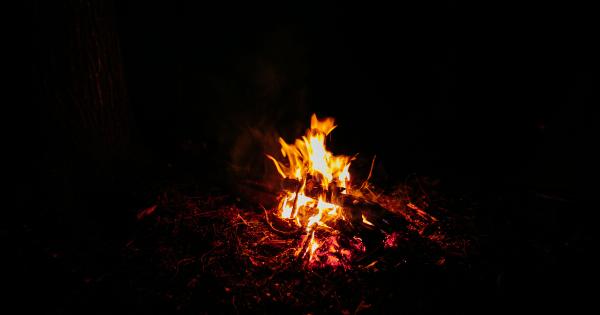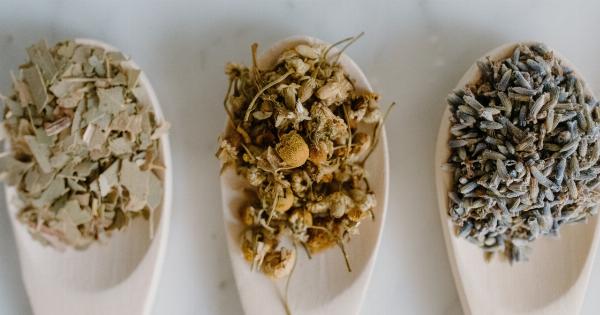Menopause is a normal biological process that marks the end of a woman’s reproductive years.
It is characterized by a decline in the production of estrogen and progesterone hormones which leads to several symptoms like hot flashes, night sweats, vaginal dryness, mood swings, and fatigue. These symptoms can last for several years, and many women turn to herbal remedies to ease some of the discomforts.
Herbal Remedies for Menopause
Herbs have been used for centuries to treat various conditions, and there is evidence that some of them can help alleviate menopause symptoms. Here are 10 herbal remedies that have been traditionally used for menopause:.
1. Black Cohosh
Black cohosh is a native plant of North America, and its root has been used for centuries to relieve menopausal symptoms, including hot flashes, mood swings, and vaginal dryness.
Research has shown that black cohosh may work by regulating the levels of luteinizing hormone, which is responsible for the onset of menopause symptoms.
2. Red Clover
Red clover is an herb that contains phytoestrogens, compounds that mimic the effects of estrogen in the body. It has been used to treat hot flashes and other menopausal symptoms, although its effectiveness is still debated.
3. Dong Quai
Dong Quai, also known as Chinese Angelica, is a traditional Chinese herb that has been used for centuries to treat menopause symptoms, including sleep disturbances, hot flashes, and mood swings.
It is believed to work by balancing the levels of estrogen in the body.
4. Ginseng
Ginseng is a popular herb that has been used for centuries to increase energy levels, improve mood, and boost the immune system. Some research suggests that ginseng may also help reduce hot flashes and other menopausal symptoms.
5. St. John’s Wort
St. John’s Wort is an herb that is commonly used to treat depression and anxiety, but it has also been shown to be effective in reducing hot flashes and other menopausal symptoms.
It is believed to work by increasing the levels of serotonin in the brain.
6. Sage
Sage is an herb that has been traditionally used to treat hot flashes and other menopausal symptoms. It is believed to work by regulating the levels of estrogen in the body and reducing inflammation.
Research has shown that sage may be as effective as hormone replacement therapy in reducing hot flashes.
7. Evening Primrose Oil
Evening primrose oil is an herb that contains gamma-linolenic acid, a type of essential fatty acid that is believed to help reduce inflammation and regulate the levels of estrogen in the body.
It has been used to treat hot flashes, mood swings, and vaginal dryness.
8. Chasteberry
Chasteberry is an herb that is commonly used to treat PMS symptoms, but it has also been shown to be effective in reducing hot flashes and other menopausal symptoms.
It is believed to work by regulating the levels of prolactin, a hormone that can contribute to menopause symptoms.
9. Licorice Root
Licorice root is an herb that has been traditionally used to treat various conditions, including menopause symptoms. It is believed to work by regulating the levels of estrogen in the body and reducing inflammation.
However, it should be used with caution, as it can interact with certain medications and cause side effects in some people.
10. Wild Yam
Wild yam is an herb that contains diosgenin, a compound that is believed to mimic the effects of estrogen in the body. It has been used to treat hot flashes, night sweats, and other menopausal symptoms, although its effectiveness is still debated.
The Bottom Line
Herbal remedies have been used for centuries to treat various conditions, and some of them may help alleviate menopause symptoms.
However, it is important to consult with a healthcare professional before using any herbal remedies, as they can interact with certain medications and cause side effects. Additionally, some herbal remedies may not be safe for women with certain medical conditions or pregnant or breastfeeding women.




























